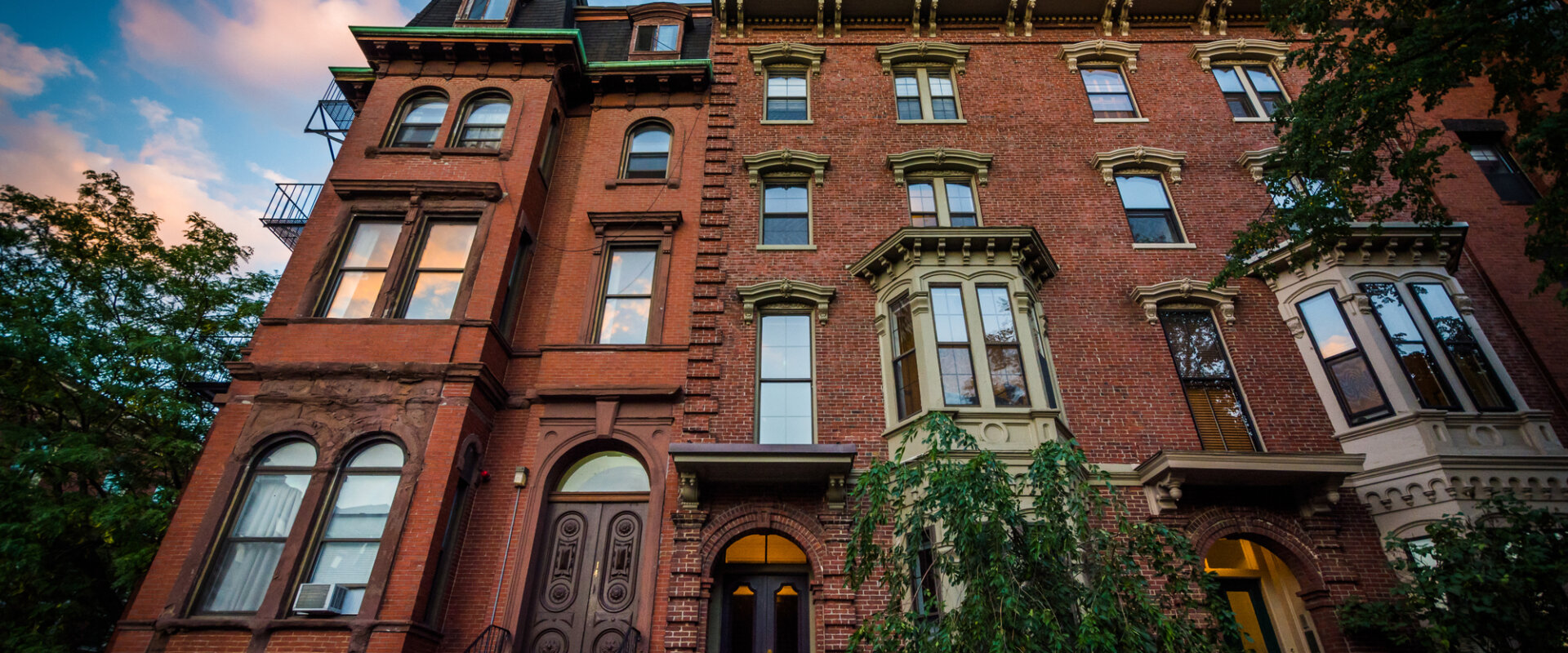Good morning again, everybody. We just wrapped up our first property analysis of the morning. We’re going to try to do one or two more real quick. Again, just picking some random three and four unit properties in the Boston area off of MLS. Running them into the BiggerPockets.com calculator, and seeing how the numbers work out.
We just did this one in Mattapan, on Wilson street. We are going to move down, looking for another three or four family. Here’s one in Dorchester. So we’ll grab that one. Again, not pre-filtering these, just grabbing them right off of MLS. Come check out this great three family. Let’s see. Anything catchy about this one? Nice large units, three bedroom, three bedroom, two bedroom. Perfect for a house hack. Owners can live in the two bedroom, and rent the bigger three units to maximize the rental income. It also looks like there is a big opportunity to improve rents on unit two in the future. So let’s use this one. This one looks like a good one. So, 52 Stanton Street in Dorchester.
Hop over to BiggerPockets. Start a new report. 52 Stanton Street in Boston, Mass. Purchase price. Let’s go $1,030,000 is what they’re looking for. Purchase closing costs, they typically use $10,000. For most of these property analysis, I assume, low down payment loan, little bit higher on fees. So about $10,000 in closing costs, which can be rolled into the loan. We’ll go next. We’ll assume a 96.5% LTV or 3.5% down. FHA loan, 3% interest rate. 1.75 points. This is your upfront mortgage insurance for an FHA loan. Again, it can be rolled into a loan. 30 year loan term.
And then, we will add our rental income. So, if memory serves me, we were unit one. It was $2,500. Unit two was $2000, and unit three was owner occupied, so we’ll leave that at $0. Let’s see A, if I’m right. So $2,500, $2000. Yep. Perfect. And then, let’s see if there’s any mention of additional income streams, like laundry, parking, garages, et cetera.
Parking for six cars with a two car garage that has space on the second level, and a space. Okay, perfect. So, I’m not going to put it in the analysis yet, but there’s a two car garage. So, that is an awesome opportunity. Especially with six car parking in the driveway, you can rent this two car garage, either to your tenants, or two third parties for probably a hundred to two hundred dollars a month. So we’ll see how the numbers land without it, but something to keep in mind and something I always advise my buyer clients to look for is garages, other off street parking opportunities that you can rent out, storage sheds, things like that to increase your rental income. But we’ll just leave it as the two units for now.
Expenses. So we’re going to jump back and assume MLS is right. $6479 for annual property taxes. Insurance on an owner occupied three family in the Boston area, that should be about $1,500 a year. Repairs, I use 5%. Vacancy in Boston, I use 3%. CapEx, I use 5%. Again, use your discretion as an investor. If you’re buying an older property, maybe you move CapEx and repairs up. If it’s a newly renovated property, or you plan to do renovations, maybe these stay lower. Assuming you’re going to live there and not hire out management, I’ll put 0%.
And then, as you’ve seen in other videos, my typical place holders, assuming separate utilities… Again, this is property specific, so if you don’t have separate electric panels, if you have a common heating system, these will be subject to change. But from all indications, this property has separate utilities. So I will do $50 a month for the house panel. This is the owner paid electric panel for common area, and exterior lighting, and smoke detectors. Gas, typically, you won’t have a common gas meter. So this will be zero. Water and sewer, I typically do $20 per bedroom, per month. So if we go back to the sheet, we have 3, 6, 8 bedrooms. So, eight times 20 is $160 per month.
HOA fees, zero. Garbage, typically have curbside in Boston, unless it’s a larger multi-family building. And then, I always like to add my snow and landscaping at about $125 a month. And then my pest control. Again, I like to underwrite these right from the get go, just to make sure that anytime you have a multi-family building, typically the owner’s going to pay for snow and landscaping. And I like to put all of my properties on a professional pest control program, just to help minimize any sort of rodent or pest issues.
Go ahead and finish analysis. Let’s see how the numbers work out. All right. So 52 Stanton Street in Dorchester. Based on the income numbers that we put in, we have monthly cash flow of -$1,349. That would be to live in the two bedroom unit, unit number three, and occupy that unit while you rent the other two units.
So, the question I would ask any of my buyer clients, “What’s your current rent?” Or, “What could you rent a two bedroom in Dorchester for?” If the number is higher than this, you would be better off, in my opinion, buying the property, because your monthly contribution to the mortgage would be $1,350. That includes setting aside $585 for vacancy, maintenance and CapEx. The likelihood that you spend all $585 every single month, is very low.
And so, most likely, this money, again, if you’re diligent about setting this aside every month, will start to pile up in a reserve account, to help when you do have a vacancy, or when you do have a maintenance, or when you do lose a hot water heater, you’ll have the money already set aside. And it won’t add onto the $1,350 that you’re contributing towards the mortgage payment. When you move out of the property, and you rent the two bedroom unit that you’re living in, would it rent for more than this amount? And the answer is very likely, “Yes.” We’d have to run rental comps, but knowing that a three bedroom is renting for as high as $2,500, a two bedroom could be $1,500, $1,600, $1,700, $1,800. And so then you can quickly see you’d be positively cash flowing several hundred dollars a month, after you moved out, and rented the unit that you were living in.
One other thing is, it looks like from the MLS listing, let’s pop back to it. This three bedroom, one bath, on floor one, is renting for $2,500. This three bedroom is renting for $2000. So, let’s say maybe this is on floor two, so maybe it’s slightly less desirable, although you will be above somebody, you won’t be below somebody. So I would argue it should actually be a little higher, but let’s say you’re getting $2,500 for both units. So, let’s go back to our analysis income. And let’s bring this to $2,500. All right, update our analysis.
And now, your monthly contribution while you live at the property is $914. And I would bet you a lot of money, that that is much, much better than you could do renting an apartment in the same area. And that’s just from a cashflow perspective. That doesn’t take into account equity pay down on the mortgage, that doesn’t take into account any potential appreciation in the property during your ownership, and it doesn’t take into account these variable expenses that you’re setting aside, every single month out of cashflow, to protect for future expenses.
So, I would, based on this analysis, and based on the MLS sheet, I would go and look at this property. Now, we may find that there’s problems, or it needs more money, and we are not interested in it, but at first blush, this is how I would run my analysis. This is how I would review this number, this cashflow number. And based on this math, I would go and look at this property if I was interested in house hacking in the Dorchester area. Hopefully this was helpful. If you have any questions, leave a comment in the post below, and I’ll be sure to answer them. Thanks for watching!


